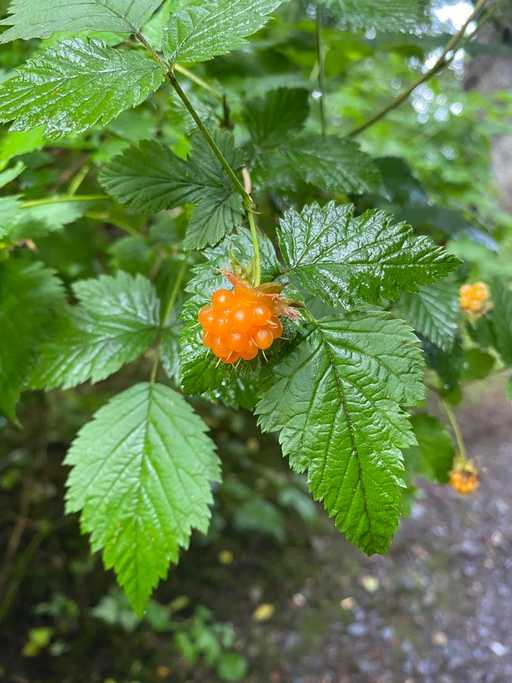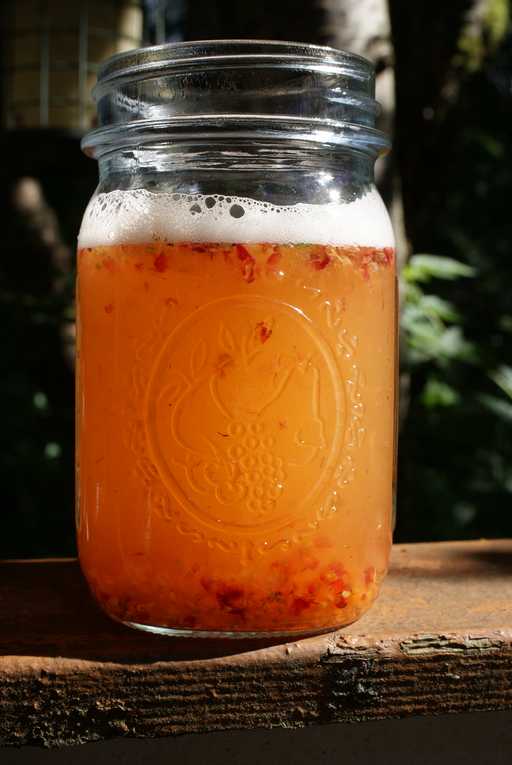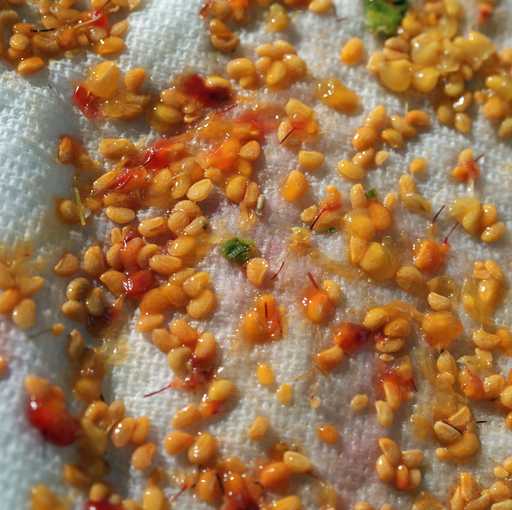Harvesting and Storing Seeds - Salmonberry (Rubus spectabilis)
Salmonberry as a Plant
Salmonberry (Rubus spectabilis) are a common deciduous shrub that grows in thickets throughout the PNW. They grow in areas of full to partial sunlight where soils are moist. They have a beautiful green leaves and small prickles along the stems. In the early spring, they will blossom with pink flowers. They are one of the first plants to produce berries in the pacific northwest making them a symbol for the beginning of berry season. The berry looks much like a raspberry and ripen to either a orange or red.

Harvesting the Seeds
Harvesting of the seeds begins with the collection of the berries. Collect the berries once the red or orange fruits have fully ripened and are about ready to fall from the shrub. These berries can go fast as wildlife love them so make sure you leave some for our forest friends.
Once the berries have been collected it is time to macerate them in water. I like to simply place them in a home blender and pulse them a few times until the berries are broken apart and you can see seeds floating around in the mix. After macerating allow some time for the pulp and empty seeds to rise to the surface of the water. Once separation has occurred remove the floating bits and compost. Drain the water and lay the seeds out to dry.

The seeds require a period of cold stratification of 90 days at 36 to 41 °F. So you will need to either plant in the fall or store them in the refrigerator. To even further improve germination success consider using a chemical scarification process on them before sowing or storing them in the fridge. This can be done by soaking the seeds sulfuric acid (0.1 M HCL) for 20 - 60 minutes. This will mimic the process of being eaten and helps to break the coating of the seed much like stomach acid would do in nature.

Storage
Once the seeds have been harvested, cleaned and stratified they can now be stored. They can be stored in a dry cool area for up to 5 years. For best results continue to store seeds in the refrigerator or other region that does not get warmer than 41 °f.